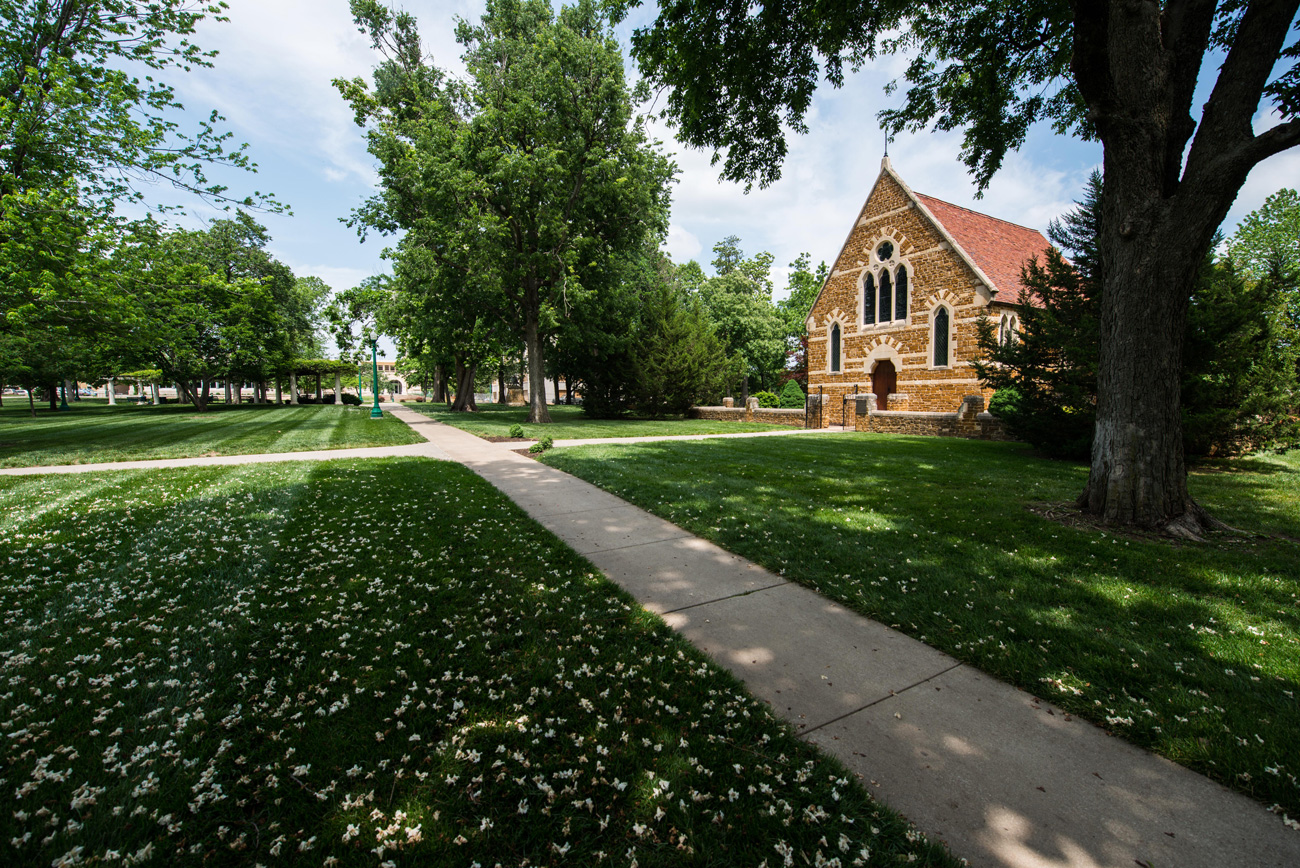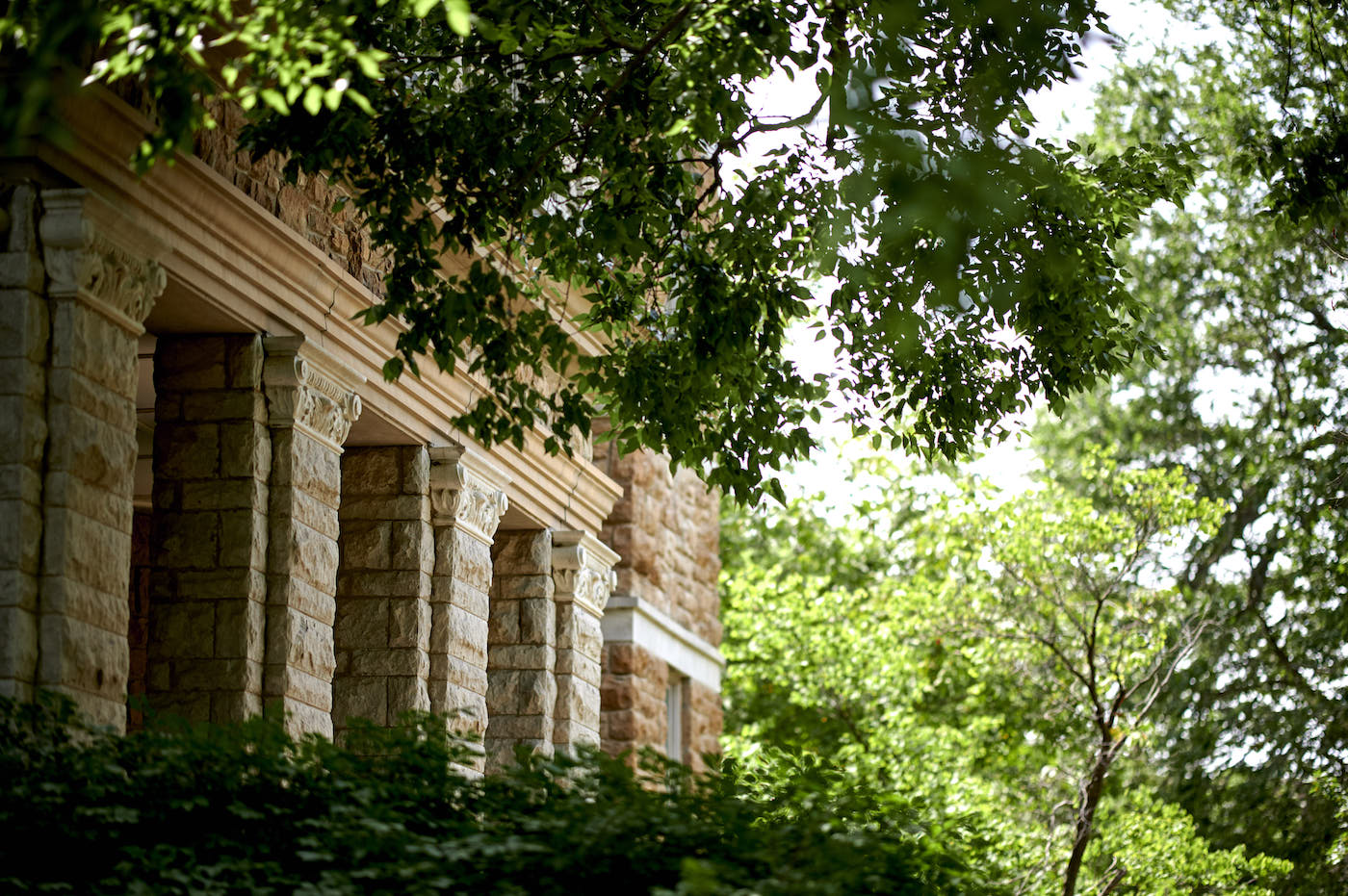You’re Safe at Baker
Baker’s Campus Safety
The Baldwin City campus houses Baker Safety in the New Living Center lobby at 614 Dearborn. Baker Safety personnel are available 24 hours a day, seven days a week, 365 days a year.
Important numbers
Baker Safety: 785.594.8430 (24 hours a day)
Dean of Students: 785.594.8431
Counseling Center: 785.594.8409
Emergency: 911
Emergency Guidelines
Emergency Phone Numbers
- All emergencies: 911
- Baker Campus Safety: 785.594.8430
- President: 785.594.8311
- Dean of Students: 785.594.8431
- Counseling Center: 785.594.8409
- Minister: 785.594.8439
- Director of Physical Plant: 785.594.8349
When calling a campus phone number from a campus location, dial only the last four digits.
Command Center Team
- Human Resources Director
- Physical Plant Director
- Dean of Students
- Assistant Dean of Students
- Executive Director of Marketing, Communications, and External Relations
- President, Baker University
Useful Links
National Weather
Centers for Disease Control & Prevention
Kansas Department of Health
Lawrence Douglas County Health Department
B-Alert | Bakers’ Emergency Alert System
Security Reports
Campus Map
Douglas County Map
BE PREPARED | Video Tutorials
We are committed to the safety of our faculty, staff and students. The following videos were developed to help you be prepared for active shooters, fires, and tornados while on campus. Please watch the videos so that you might be better prepared to react if such an event takes place. Click the links below to view videos.

ALCOHOL SAFETY
Availability of alcohol + Absence of parents + Desire to fit in = Potentially risky drinking decisions.
The misuse of alcohol by both underage students and students over 21 remains a problem for some in spite of laws, campus policies and college programs. So, when talking to your son or daughter about choices with regard to alcohol, you may want to discuss the differences between low-risk and high-risk drinking and abstaining.
Low-Risk Drinking
- Thinking about whether you will drink and what you will drink before the party
- Being 21 or older
- Eating a meal before drinking
- Drinking no more than one drink per hour; maximum three for women, four for men
- Always knowing what you are drinking
- Alternating alcohol-free drinks throughout the evening
- Before you go out, knowing how you will get home safely
- Knowing that abstaining is the safest choice
High-Risk Drinking
- Chugging, playing drinking games, drinking shots and drinking anything out of a punch bowl, trough hose, or funnel
- Drinking to get drunk (intoxicated)
- Driving after drinking or riding with someone who is under the influence
- Drinking too much or too fast on an empty stomach
- Going to parties where people drink too much
- Not knowing what is in your glass or leaving it unattended
- Mixing alcohol with medications or illegal drugs
For further information, contact Student Affairs or Health and Counseling Services.
Alcohol Poisoning
Please help us spread the knowledge of alcohol poisoning symptoms. Call 911 if a person exhibits any of these symptoms:
- Unconscious or semiconscious
- Breathing less than 10 times per minute or irregular breathing (check every two minutes)
- Cold, clammy, pale or bluish skin
- Can’t be awakened by pinching, prodding or shouting
- Vomiting without waking up

